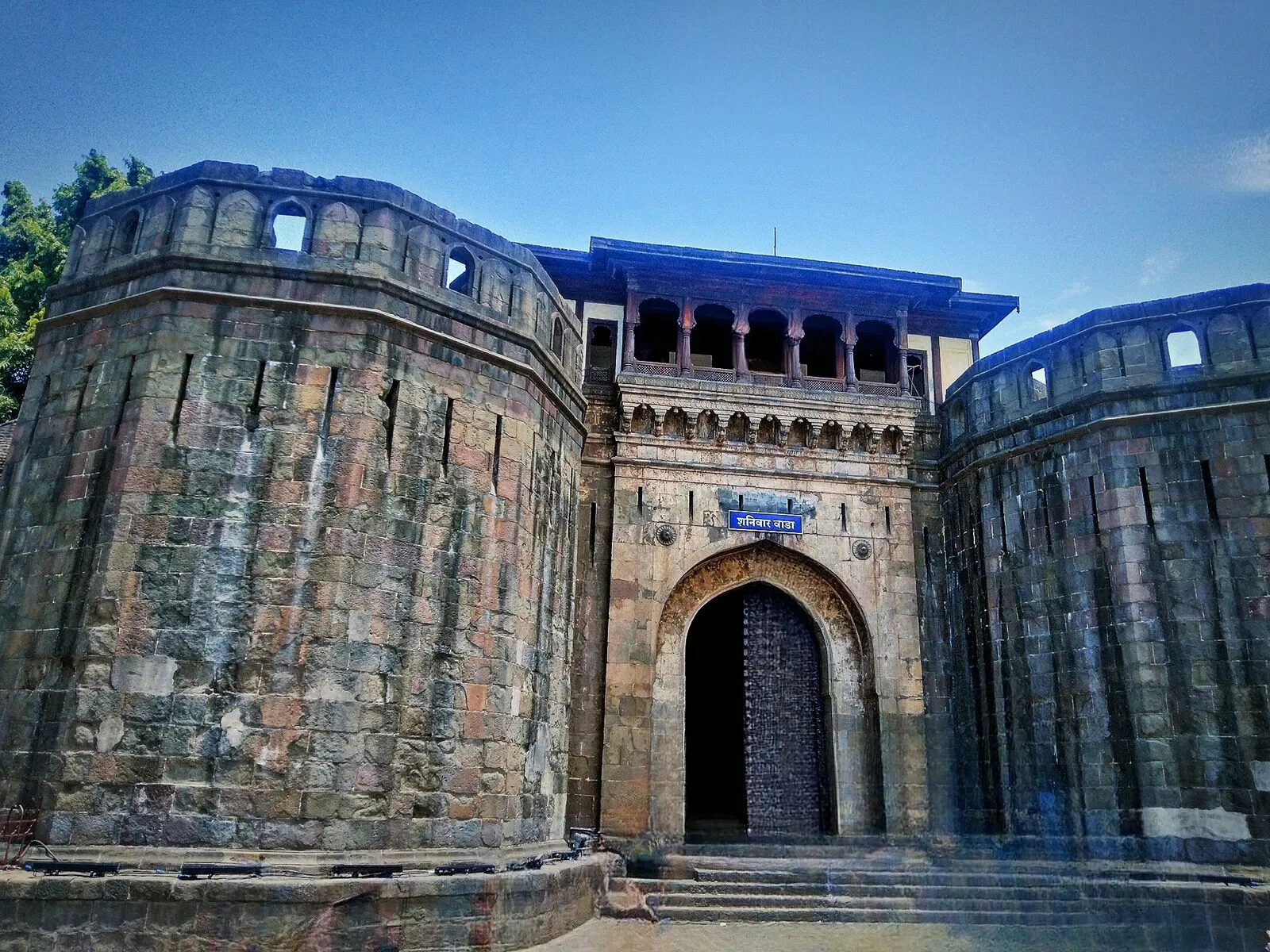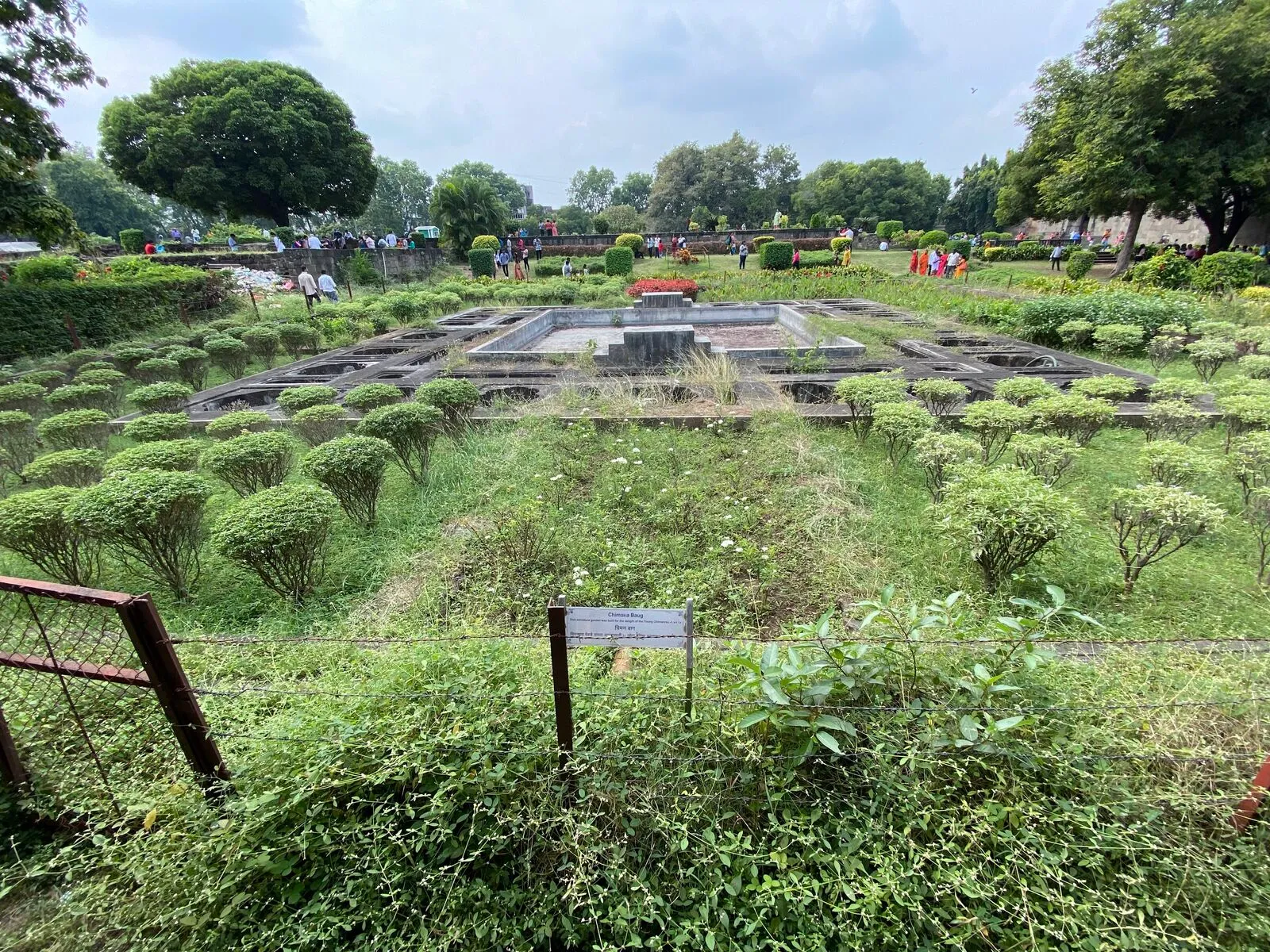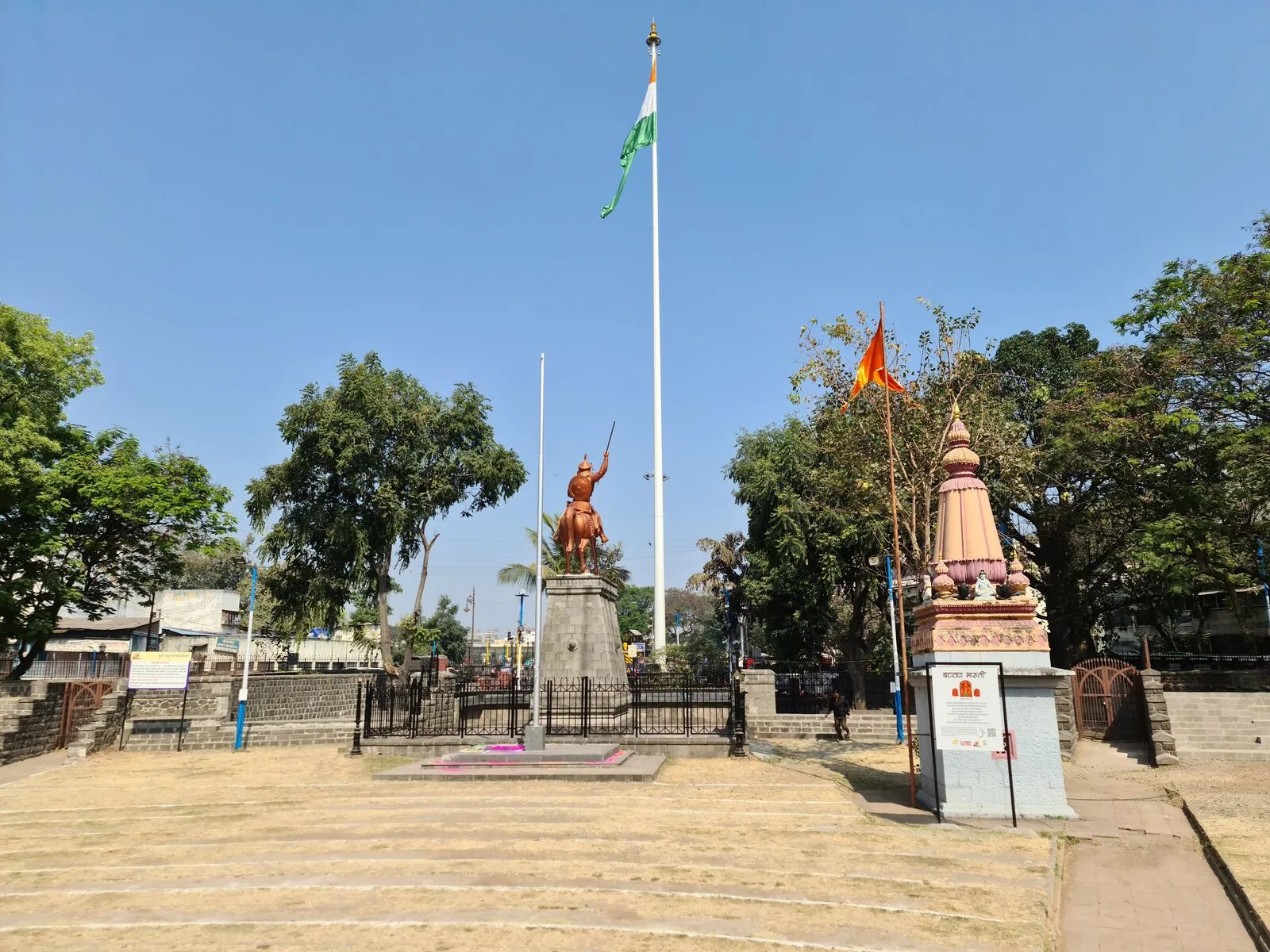Shaniwar Wada Pune: History, Travel Guide & Things to Do
Share this article
Explore Shaniwar Wada, Pune's historic Peshwa fort. Discover Maratha history, iconic gates, gardens, and the light show.
Nestled in the bustling heart of Pune, Maharashtra, Shaniwar Wada stands as a formidable testament to the glory and eventual decline of the mighty Maratha Empire. Located at 480, Shaniwar Peth, this historical landmark, though largely in ruins today, remains one of the most significant sites in India, whispering tales of power, politics, and passion.
A Glimpse into History: Commissioned by Peshwa Bajirao I, the Prime Minister to the Maratha Emperor, construction began in 1732. Originally intended to be a simple residence, it gradually transformed into a sprawling fortified palace complex, the seat of the Peshwas and the nerve centre of the Maratha administration. For over seven decades, it witnessed crucial decisions that shaped the fate of the empire. However, tragedy struck in 1828 when a massive, unexplained fire raged for seven days, destroying much of the wooden superstructure, leaving behind the stone foundations, imposing gates, and surrounding walls.
Why Shaniwar Wada Captivates: Despite its ruined state, Shaniwar Wada holds immense appeal for history buffs and curious travellers alike. Walking through the massive Delhi Gate, still standing tall enough to admit elephants, you step onto grounds that once bustled with imperial life. The remaining walls, foundations, and bastions allow you to imagine the grandeur of the original seven-storey structure. The complex is steeped in stories, most famously the legendary romance between Peshwa Bajirao I and his second wife, Mastani, which is woven into the fabric of the place and often highlighted in retellings.
Exploring the Premises: While the palace building itself is gone, the vast layout includes several points of interest like the various gates (Delhi Gate, Ganesh Gate, Narayan Gate, etc.), the foundations of the palace, gardens, and remnants of fountains. In the evenings, a captivating Light and Sound Show narrates the history of the Wada and the Peshwas, bringing the past vividly to life against the backdrop of the ruins.
Travel Tips and Timing: Shaniwar Wada is easily accessible, located centrally in Pune. Tickets can often be purchased on-site, sometimes via QR code scanning, though some visitors suggest buying ahead or being prepared for queues, especially on weekends or holidays. Comfortable shoes are highly recommended as you'll be walking across uneven ground and navigating historical steps which can be quite large. Understanding the history before your visit significantly enhances the experience, transforming ruins into a powerful historical canvas. The best time to visit is during the cooler months, from October to March. Weekdays are generally less crowded than weekends.
Seasonal Advice and Nearby: Monsoon (June-September) brings lush greenery but can make the grounds slippery. Summer (April-May) is hot, so early mornings or late afternoons are advisable. As Shaniwar Wada is in the heart of Pune, it's surrounded by local eateries offering traditional Maharashtrian cuisine. You can easily pair your visit with other historical sites in Pune, such as the Aga Khan Palace or forts like Sinhagad (though Sinhagad is outside the city). Shaniwar Wada serves as a perfect starting point for exploring Pune's rich heritage.
LOCAL HIGHLIGHTS
Delhi Gate
The main and most imposing entrance to the fort, named because it faces Delhi. It is sturdy enough to allow elephants to pass through.
💡 Imagine its original scale and defensive strength as you enter; it sets the tone for the historic site.
Foundation Remains
Explore the stone foundations and layout of the original palace complex, offering a glimpse into its vast size before the fire.
💡 Use the available site maps or guided information to understand the purpose of different areas within the layout.
Gardens and Fountains
Walk through the landscaped gardens and see the remnants of fountains that once adorned the palace courtyards.
💡 These areas offer pleasant spots for reflection and photography amidst the historical setting.
Nachecha Diwankhana
Though only remnants remain, this was historically the Hall of Dance, used for entertainment during the Peshwa era.
💡 Visualize the cultural life and festivities that might have taken place here centuries ago.
Aaina Mahal (Mirror Hall Remains)
Part of the original palace known for its mirrored interiors, though little remains, it signifies the luxury of the time.
💡 Look for any surviving architectural details that hint at the hall's former opulence.
The Steps
Navigate the historical steps leading to elevated areas; these are notable for their large, old-style construction.
💡 Wear comfortable and sturdy shoes, as these steps can be quite large and potentially challenging to climb.
Light and Sound Show
An evening multimedia show narrating the history of Shaniwar Wada and the Peshwa dynasty.
💡 Check the timings and book tickets in advance, especially on popular evenings, for this engaging historical overview.
TIMINGS





